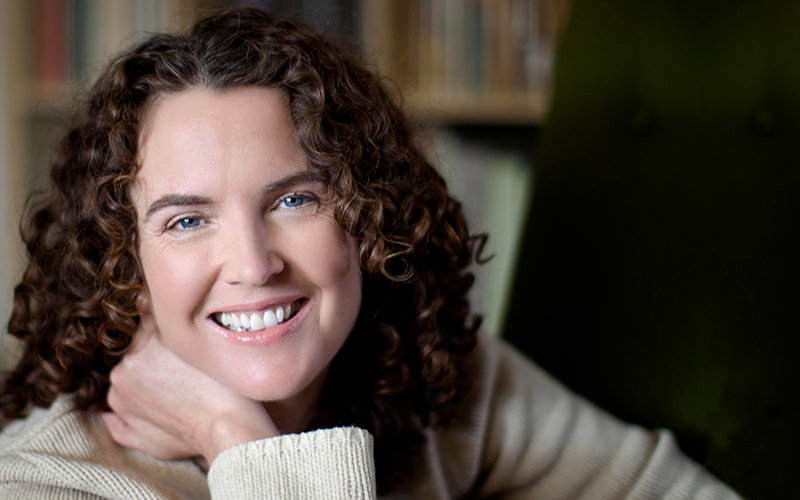
Carolyn Coal describes the Pennsylvania home studio of enigmatic mid-century wood sculptor Wharton Esherick as magical — a “wow” kind of place.
The cozy cottage, encircled by the woods, overlooks fields and farmland. Inside it’s filled with one-of-a-kind furniture, sculptures, fireplaces, even spiral staircases — the work of an artist who influenced the American Studio Craft movement piece by piece.
“Being there makes you want to explore your own creativity,” the associate professor of communications said of the studio turned museum after Esherick’s death in 1977. “I admired his personal aesthetic, his singleness of purpose, and the commitment he had to his craft.”
Coal is an award-winning writer and director whose portfolio includes film and advertising experience and career roots in television and music video production. Still, in her recent TEDx Talk, “The Seeds of Creativity,” she confesses that despite feeling an instant connection with Esherick, it took her awhile to listen as she kept saying, “Somebody really ought to do a documentary on this guy.”
Coal’s 41-minute documentary, “I Am Known as an Artist, Wharton Esherick,” premiered in the fall at the Barnes Foundation, a museum in Philadelphia, Pennsylvania, where she hosted a panel discussion on Esherick and the three-year project to make the film.
A failed painter that discovered wood, Esherick spoke about the wood as if it had a voice. When asked how he could create sculptured tables and chairs that were organically patterned after nature, Esherick said: “The wood told me.”
“Wharton listened to the wood and let it guide him,” Coal added.
How did Esherick’s creativity call to you?
As a young artist, Esherick moved to a small farm outside Philadelphia and built his studio in the woods. Much of my childhood was spent in rural Pennsylvania playing in the woods. A tree fort I built became my second home, the place I could play and dream about the future. I completely understood his desire to be surrounded by nature and to experience each season, intimately, completely enveloped in the land. This aspect of Esherick’s life called to me. I felt a certain affinity with him. I was surprised no other filmmaker had tried to produce a film about him.
How did Esherick influence modern craft art as we know it today?
Esherick set the template for the live/work lifestyle so revered by today’s “Etsy” culture. Experts consider him one of the forefathers of the American Studio Craft movement, a style characterized by independent artists, producing handcrafted pieces in their home studios. Prior to Esherick, only painters maintained this arrangement. Though many contemporary makers and craftspeople are unaware of Esherick, they owe him a debt of gratitude for establishing an unconventional design for living that gave permission to others to do the same.
What challenges did you face while making this film?
The two main challenges most artists face are time and money. I would have preferred to produce the film in a 15-month period, but as a full-time professor, I had to spread the production across three summer breaks. Midway through the production the original editor dropped out, which meant I had to onboard a new individual after much for the film had been shot. Our initial funding ran out, so I launched a successful Kickstarter campaign, which made it possible for us to finish the film. These challenges certainly tested my commitment to the project, but ultimately helped to share the final story.
What’s next?
I am currently adapting a screenplay into a rap opera, which I want to develop with CSUF students interested in writing the music.